Last Updated on November 23, 2021
When your engine is running, your vehicle is constantly pumping oil through it to lubricate its metal components. If these components do not receive the proper lubrication they require, they will become worn down and eventually fail to function properly.
Not only that, the engine itself will become overheated from all the heat generated through friction by the moving components. However, you cannot just put any kind of oil in your vehicle. It needs to have the proper weight and thickness to be able to sustain certain operating temperatures of the vehicle.
Two common types of oils found in vehicles are 10W-30 and 10W-40. These are multi-grade oils because they have numbers in front of and after the “W.” If it were just a single grade oil, it would be something like 0W30.
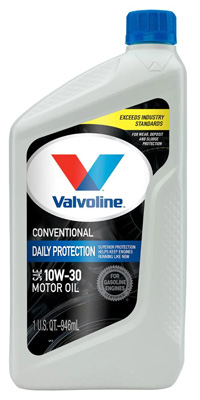 The 10W-30 and 10W-40 grades refer to the thickness level of the oil. But what do the numbers on engine oil mean? The first number is called the viscosity number. This is the measurement of how thick and sticky the oil is at lower temperatures. Once you know this, you will know how easy it will be for the oil to flow in the engine during the winter or in any cold temperature environment.
The 10W-30 and 10W-40 grades refer to the thickness level of the oil. But what do the numbers on engine oil mean? The first number is called the viscosity number. This is the measurement of how thick and sticky the oil is at lower temperatures. Once you know this, you will know how easy it will be for the oil to flow in the engine during the winter or in any cold temperature environment.
Related: Conventional vs Synthetic Motor Oil
The “W” in these grades stand for winter. If you have a 10W, then it is thicker than an oil that is 5W. If you are driving a vehicle in hotter temperatures, like during the summertime, then it will be better to have a 10W (or even 20W) oil in your engine.
The reason is that the thicker oil like this will thin out under hotter temperatures. This means that it will still be able to flow faster and allow your engine to perform well.
However, if it were the wintertime with cold temperatures outside, the 10W oil might cause the flow of oil in the engine to slow down. But, if you consider the second number after the “W,” then you might be okay.
10W-30 Oil
The second number after the “W” refers to the oil’s ability to flow under hot conditions. This could be heat generated from the engine itself and/or from the temperature outside.
The higher the second number is, the more heat resistant it will allow the engine to be. Many car owners will use 10W-30 in the wintertime because this is when it does the best job of reducing temperatures inside the engine.
10W-40 Oil
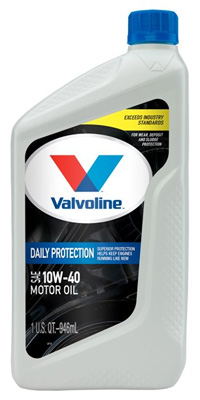 The number “40” after the “W” means it can withstand hotter temperatures than the 10W-30 oil. For instance, if your engine tends to overheat or operates on high performance conditions, then you might find it better to use 10W-40 because it will flow more easily and do a better job of protecting your engine’s components.
The number “40” after the “W” means it can withstand hotter temperatures than the 10W-30 oil. For instance, if your engine tends to overheat or operates on high performance conditions, then you might find it better to use 10W-40 because it will flow more easily and do a better job of protecting your engine’s components.
It does this by sticking to these components so that they can stay protected from the friction caused by the metal parts rubbing together.
See Also: Best Synthetic Oils for Diesel Engines
Conclusion
In conclusion, the only things that make 10W-40 and 10W-30 different from each other are their operating temperatures and thickness levels. Since their first viscosity number are both 10, their flow will be relatively the same under cold temperatures.
The big difference comes when operating under hotter temperatures. The W-30 is standard, but you might find a smoother engine operation with W-40 if the temperatures outside are too extreme.
However, you also need to consider the temperature of the engine itself as it is running. Some engines run at lower temperatures while other engines run at higher temperatures. If your engine runs at a lower temperature, then you might want to consider the 10W-30.
Of course, the easiest way to know the right oil to use is to look in your owner’s manual. Your manufacturer will recommend the right oil to use based on the operating temperatures of your engine.
But if you happen to move to a new location with a different climate, then the manual’s recommendation sometimes won’t factor this in. You will need to alter the oil type yourself based on the temperatures outside.

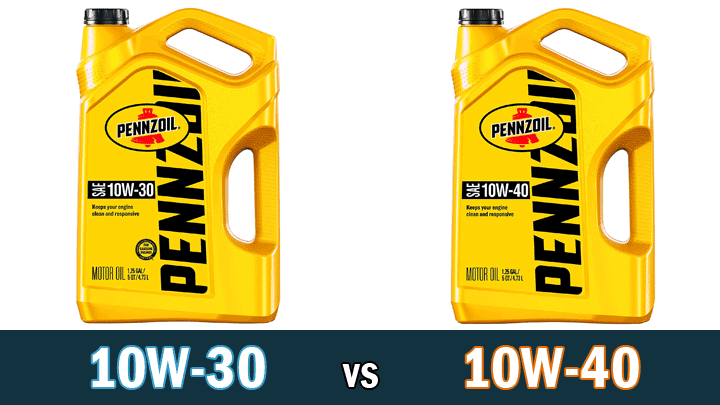
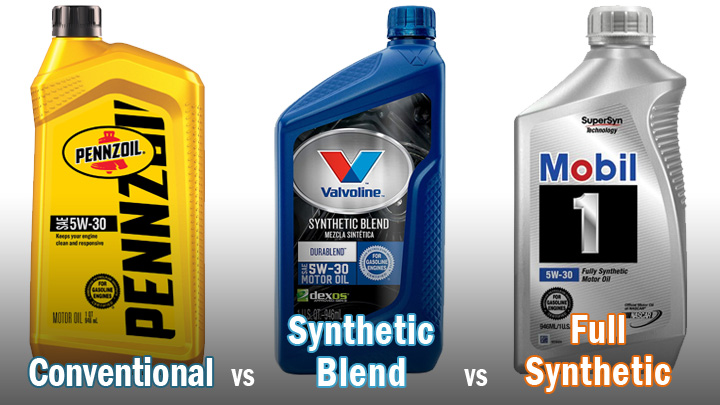

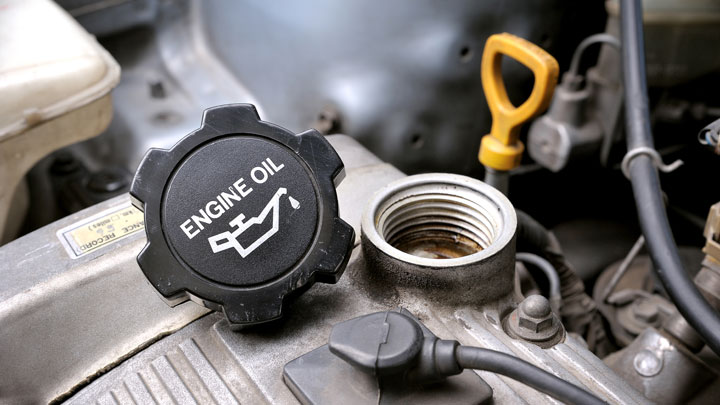
A quite important difference between an oil with a small viscosity interval and another one with a bigger viscosity interval (for instance a 10W30 vs a 10W40 oil like in this article) is the latter contains a higher amount of additives that usually do not last for a very long time. Therefore an oil could be better as it often lasts longer on condition that it is being used ia a too hot climate.
I think writer should have mentioned the performance classifications of the American petroleum institute or ApI
Those alphabets Sj-4 and SM-4 means a lot besides the temperature differentials in keeping the engine performance optimal